| Recent Featured Videos and Articles | Eastern “Orthodoxy” Refuted | How To Avoid Sin | The Antichrist Identified! | What Fake Christians Get Wrong About Ephesians | Why So Many Can't Believe | “Magicians” Prove A Spiritual World Exists | Amazing Evidence For God | News Links |
| Vatican II “Catholic” Church Exposed | Steps To Convert | Outside The Church There Is No Salvation | E-Exchanges | The Holy Rosary | Padre Pio | Traditional Catholic Issues And Groups | Help Save Souls: Donate |  |

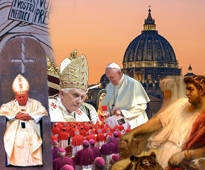
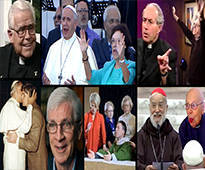
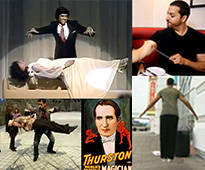
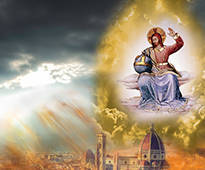

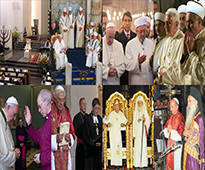


 " />
" />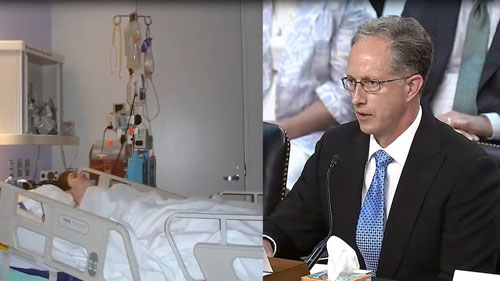 " />
" /> " />
" /> " />
" /> " />
" />




Liturgical Tradition and Apostolic Burial Tradition
Besides these clear testimonies of the fathers against the theory of baptism of desire, perhaps most striking is the fact that in the history of the Catholic Church there is not a single tradition that can be cited for praying for – or giving ecclesiastical burial to – catechumens who died without baptism. The Catholic Encyclopedia (1907) had the following to say about the actual Tradition of the Church in this regard:
There you have the teaching of Catholic Tradition! No catechumen who died without the Sacrament of Baptism received prayer, sacrifice or Christian burial! The Council of Braga, in 572 A.D., forbade prayer for catechumens who died without Baptism. Pope St. Leo the Great and Pope St. Gelasius had earlier confirmed the same Church discipline – which was the universal practice – forbidding Catholics to pray for unbaptized catechumens who had died.[2] This means that the belief in the early Church was that there was no such thing as baptism of desire. The theory of baptism of desire didn’t become a widespread belief until the middle ages, when St. Thomas Aquinas and some other eminent theologians made it their own, which caused many theologians to subsequently adopt that position out of deference to them, a position on the possible salvation of catechumens who died without baptism which was contrary to the overwhelming belief and liturgical tradition of the early Church, not to mention the Church’s later infallible teaching on the scripture John 3:5.
The true teaching of apostolic and Catholic tradition on this topic is also seen from the teaching of the Catholic Liturgy, which all worshipping Catholics in the early Church acknowledged and believed: namely, that no unbaptized catechumen or unbaptized person was considered part of the faithful (see Section on “The One Church of the Faithful.”). That unbaptized catechumens are not part of the faithful was held by all of the fathers because it was taught to all Catholics in the liturgy.
This means that no unbaptized person can be saved, because Catholic dogma has defined that no one is saved outside the one Church of the faithful.
[1] The Catholic Encyclopedia, “Baptism,” Volume 2, 1907, p. 265.
[2] J. Corblet, Histoire du sacrement de bapteme, (Paris: Palme, 1881), pp. 155-56; quoted by Fr. Jean-Marc Rulleau, Baptism of Desire, p. 36.
[3] Dr. Ludwig Ott, Fundamentals of Catholic Dogma, St. Louis, MO: B. Herder Book, Co., 1954, p. 309.
[4] The Papal Encyclicals, Vol. 1 (1740-1878), p. 230.
Sign up for our free e-mail list to see future vaticancatholic.com videos and articles.
Recent Content
^